The developer toolkit is constantly evolving, and for those of us working with containers, finding the right desktop environment is crucial. For a long time, Docker Desktop was the undisputed champion. However, as the ecosystem matured and Kubernetes became a central pillar of modern application development, along with changes in Docker Desktop’s licensing, many began searching for alternatives that offer more flexibility and a more open-source approach.
That’s precisely why I transitioned to Rancher Desktop for managing my containers. Let’s dive into why I made the switch and go over its key advantages.
Native Kubernetes integration
Ideal for Kubernetes-centric workflows
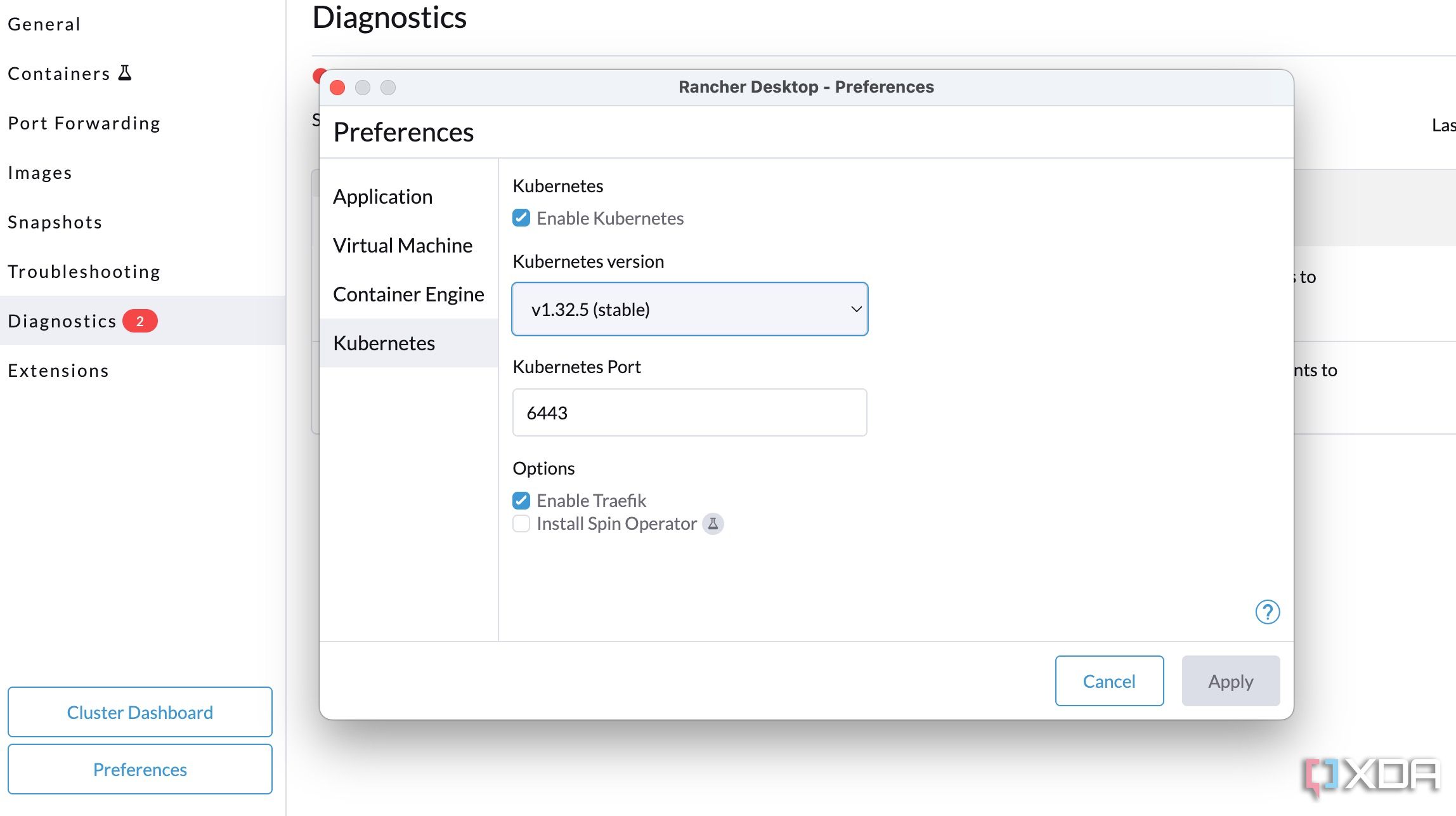
This is a major selling point for Rancher Desktop. It comes bundled with k3s, a lightweight Kubernetes distribution from Rancher. It is designed for edge, IoT, and development environments, which means it consumes fewer resources (more on that later) while still providing a fully functional and compliant Kubernetes API. It’s ideal for local development, as it starts up quickly and doesn’t hog your system’s memory and CPU.
Rancher Desktop also allows you to easily select and switch between Kubernetes versions directly from its UI (head to Preferences > Kubernetes). This is a crucial feature for developers who need to test their applications against specific Kubernetes versions that might be running in production.
There is also the flexibility to disable the Kubernetes cluster. After all, sometimes, I only need plain container management (just running Docker containers without Kubernetes orchestration), and I can turn off Kubernetes to further reduce resource consumption.
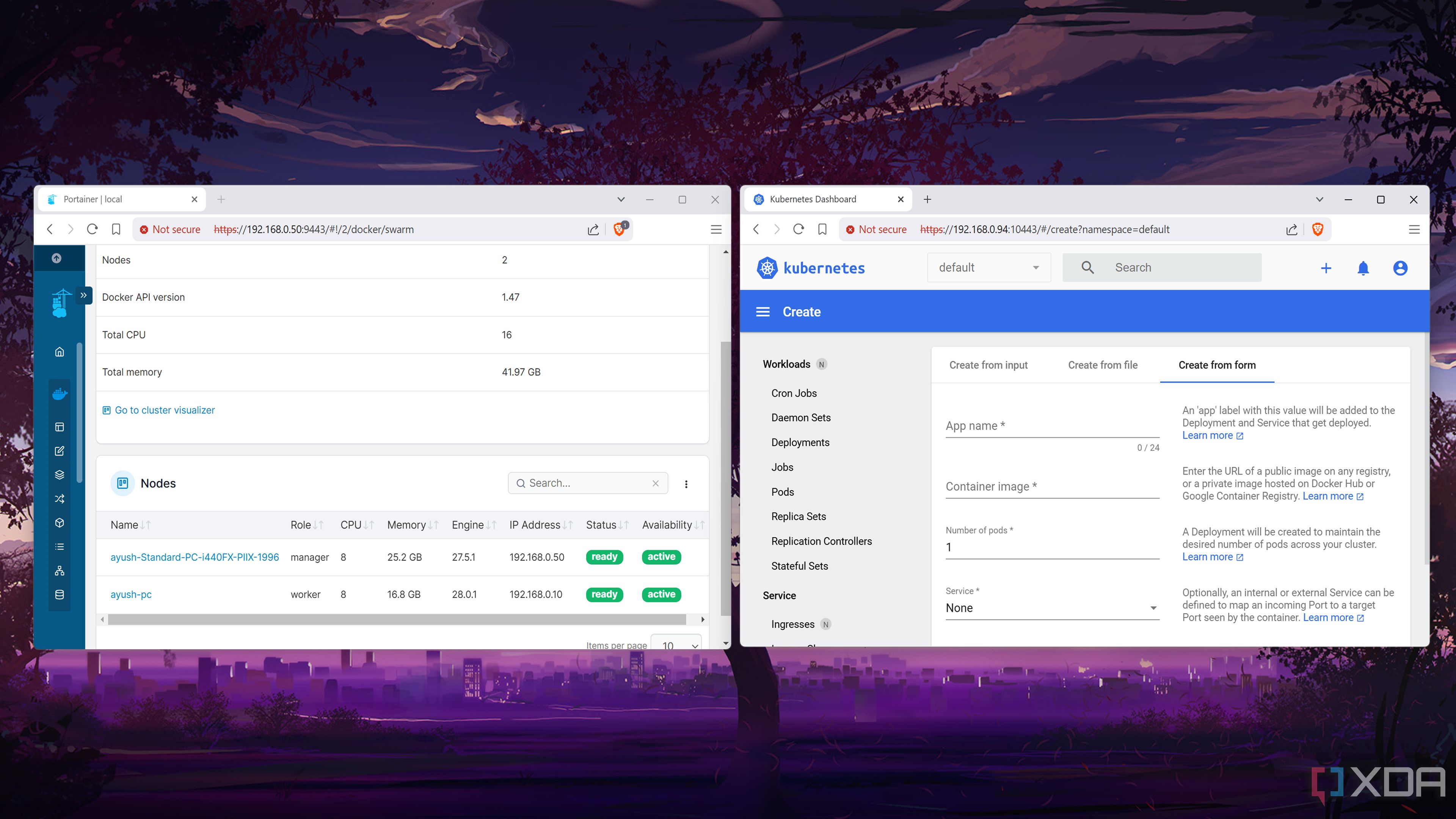
Related
Docker Swarm vs. Kubernetes: Battle of the container orchestration platforms
One's a beginner-friendly utility designed for smaller setups, the other's a robust production tool that's just as useful for home labs
Resource-efficient
Better performance on limited resources
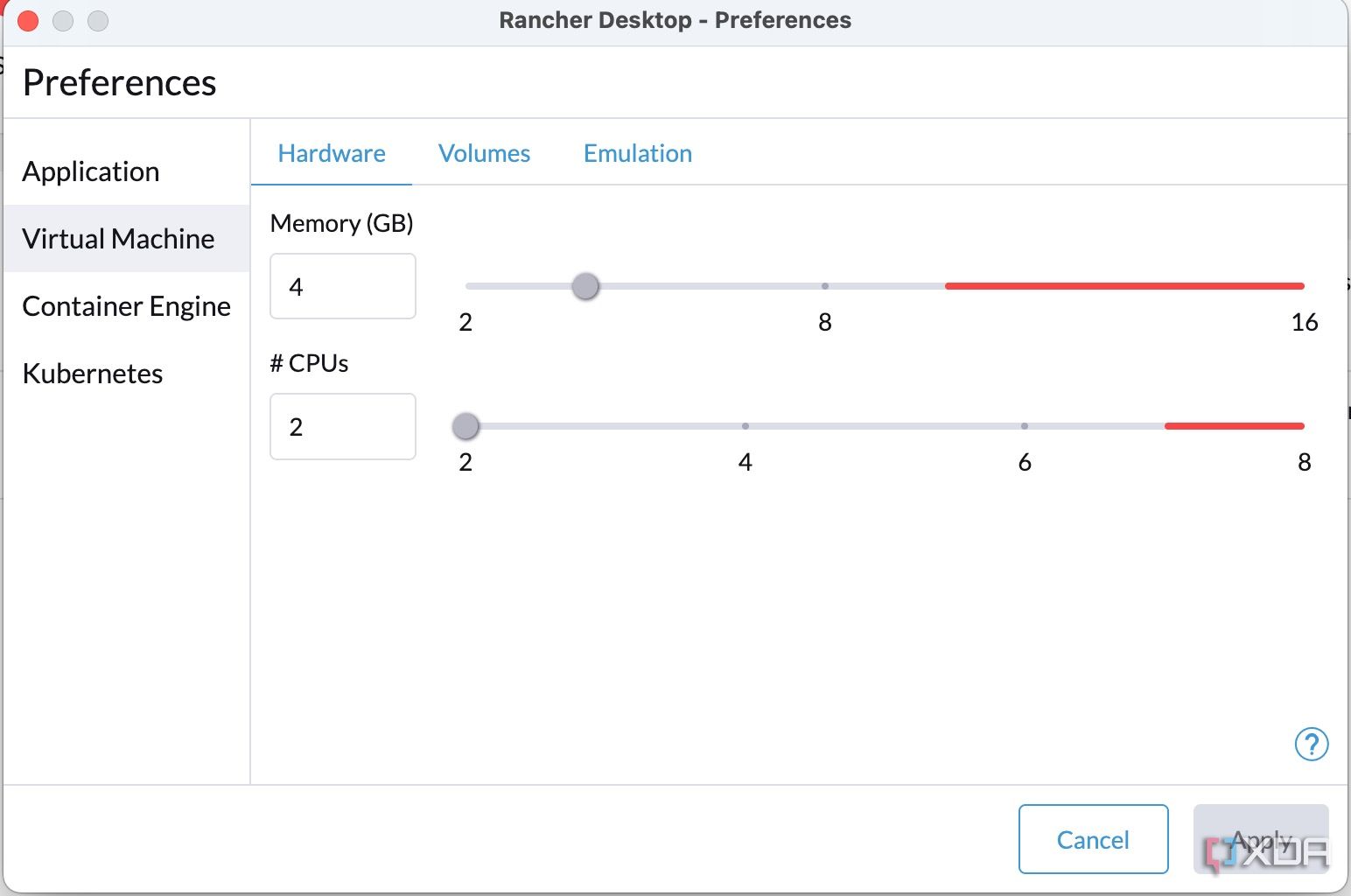
When I was primarily using Docker Desktop, especially on my MacBook Pro, I often felt like my laptop was working overtime. The fans would spin up, the battery would drain faster, and I would notice a general sluggishness in other applications, even when Docker Desktop was just idling in the background.
It always felt like it was consuming more CPU and RAM than I expected, even when I wasn’t actively running a complex set of containers. It wasn’t a deal-breaker on my powerful machine, but it was definitely noticeable. Then I switched to Rancher Desktop, and the difference was noticeable. It seems to manage its background processes and virtual machine with much greater efficiency. This translates directly to cooler and quieter operations.
As I mentioned above, one of the biggest wins for me is how it handles Kubernetes. Docker Desktop’s integrated Kubernetes always felt a bit heavy. While I primarily use macOS, my colleagues on Windows have reported similar benefits (due to its integration with WSL2).
Flexible image management
Supports multiple image registries
Rancher Desktop makes managing container images flexible because it works seamlessly with any type of image registry, not just Docker Hub. Whether your images are on public platforms like Docker Hub or private cloud registries such as AWS, Google Container Registry (GCR), or even your company’s own internal registry, Rancher Desktop allows you to easily pull, push, and manage them without extra hassle.
It also handles various authentication methods efficiently. Large organizations often keep images across multiple internal private registries based on teams and projects. Rancher Desktop integrates smoothly with all of them.
Rancher Desktop also excels at handling complex container setups because it comes with a full-fledged, lightweight Kubernetes cluster built right in. This means instead of just running individual containers, you can easily deploy and manage entire applications made of many interacting containers. It is perfect for developing and testing complex microservices.
An open-source solution
And free for all users
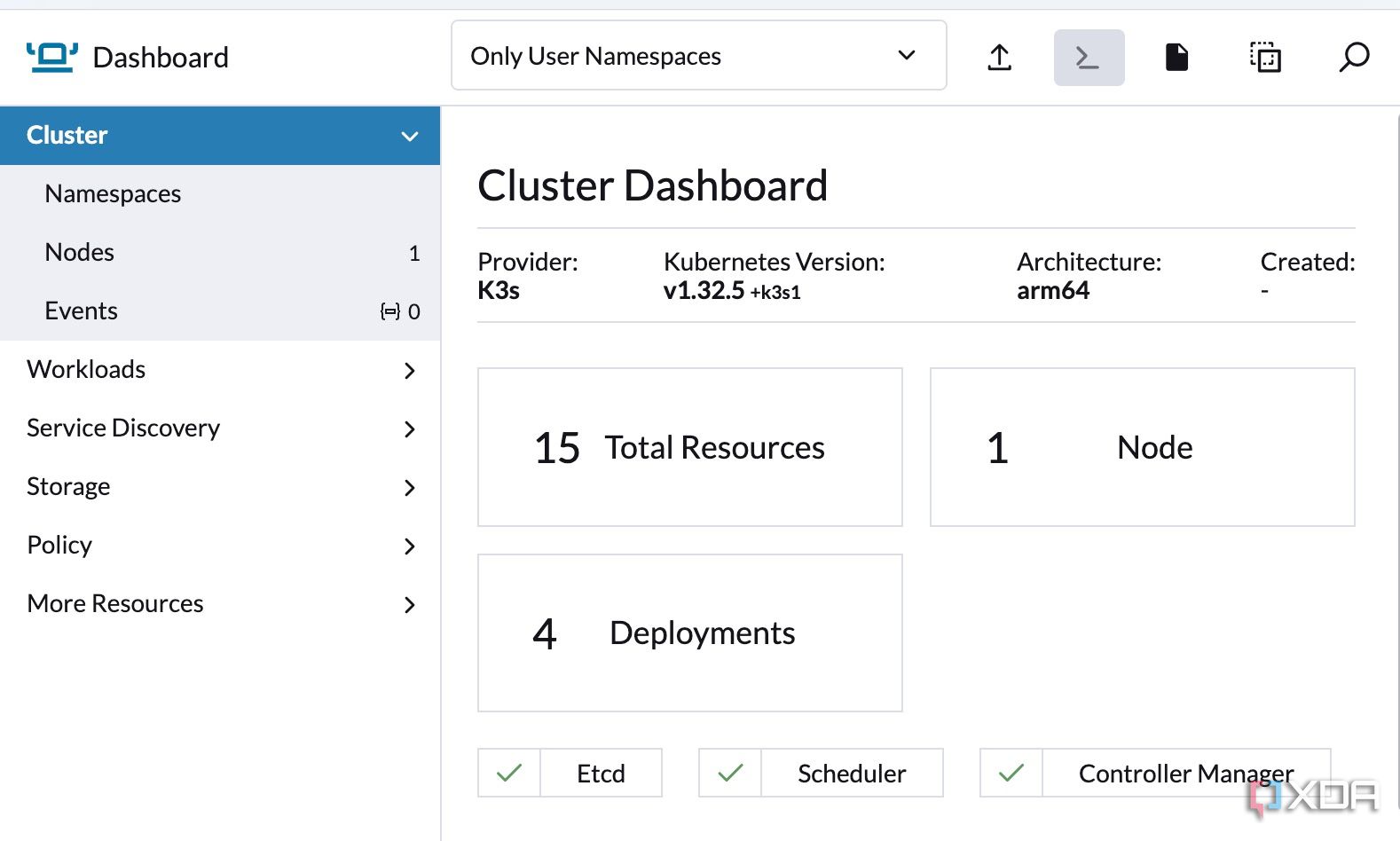
While the underlying Docker Engine is open-source, Docker Desktop itself is a proprietary application. In comparison, the entire source code for Rancher Desktop is publicly accessible. Anyone can view, inspect, and even download the code.
This level of transparency allows developers and security researchers to audit the software for vulnerabilities and understand how the software works internally. It also leads to community-driven development in the long run.
Regardless of your company’s size, revenue, or the number of employees, you can use Rancher Desktop without paying anything in licensing fees. It’s not an issue for someone like me who uses these tools for personal use, but it can be a huge cost-saving for large enterprises, startups, and even individual consultants who might otherwise fall under Docker Desktop’s paid tiers.
Large teams can adopt Rancher Desktop across all members without worrying about additional costs scaling with the team size. Overall, everyone has equal access.
More power, less hassle
Making the switch from Docker Desktop to Rancher Desktop has streamlined my container workflow. It’s more than just an alternative; Rancher Desktop is built with modern development in mind, especially for those deeply integrated with the Kubernetes ecosystem.
Overall, if you are looking for a cost-effective, high-performance, and future-proof solution for managing your containers and local Kubernetes clusters, I highly recommend giving Rancher Desktop a try. Check out our dedicated post if you are looking for more tools for Kubernetes.
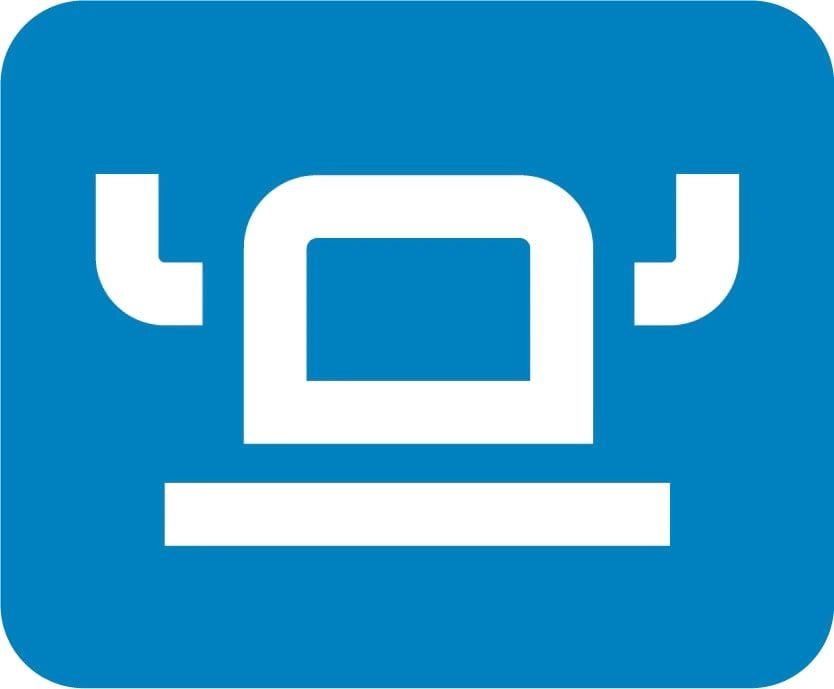
.png)
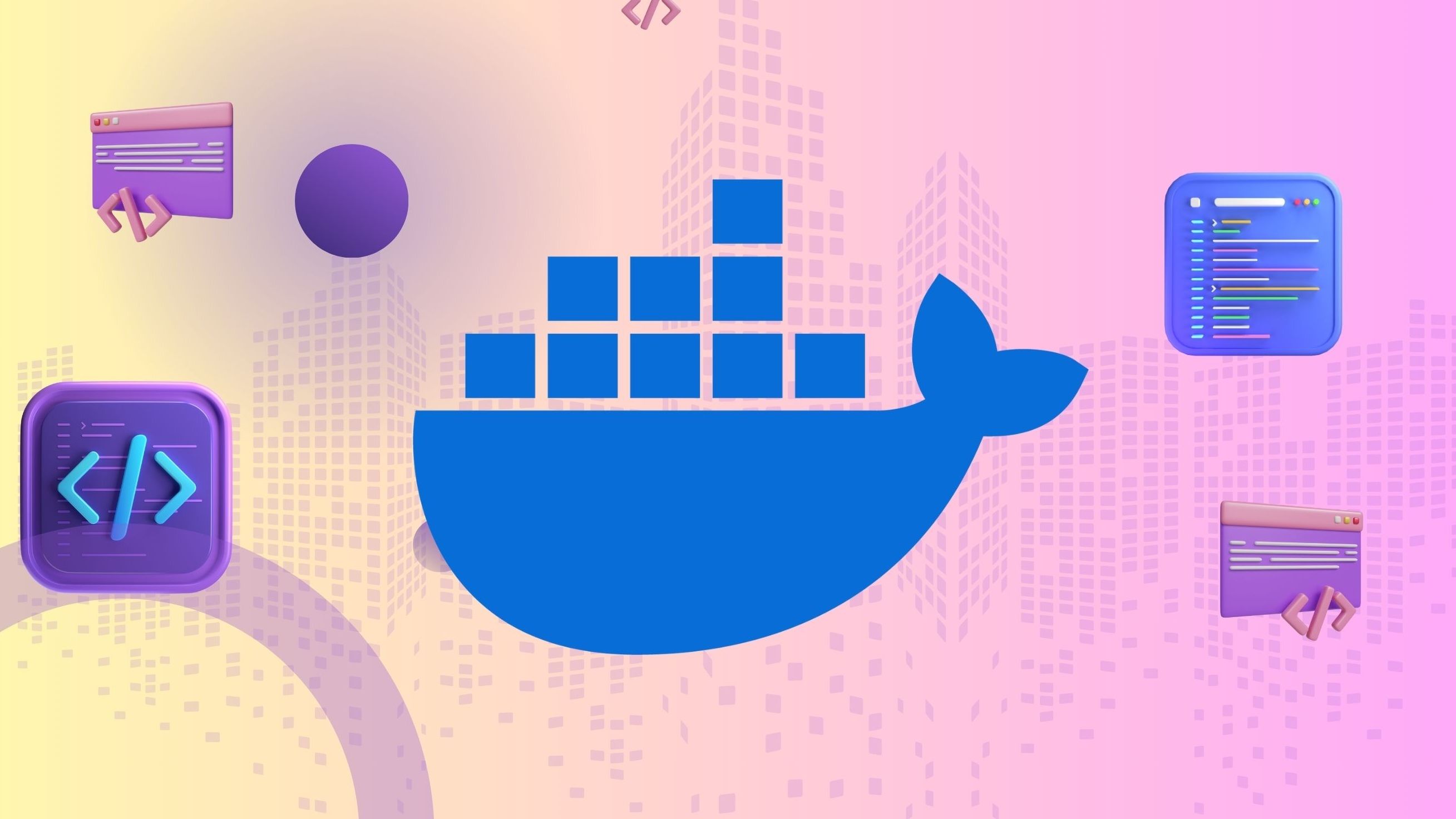
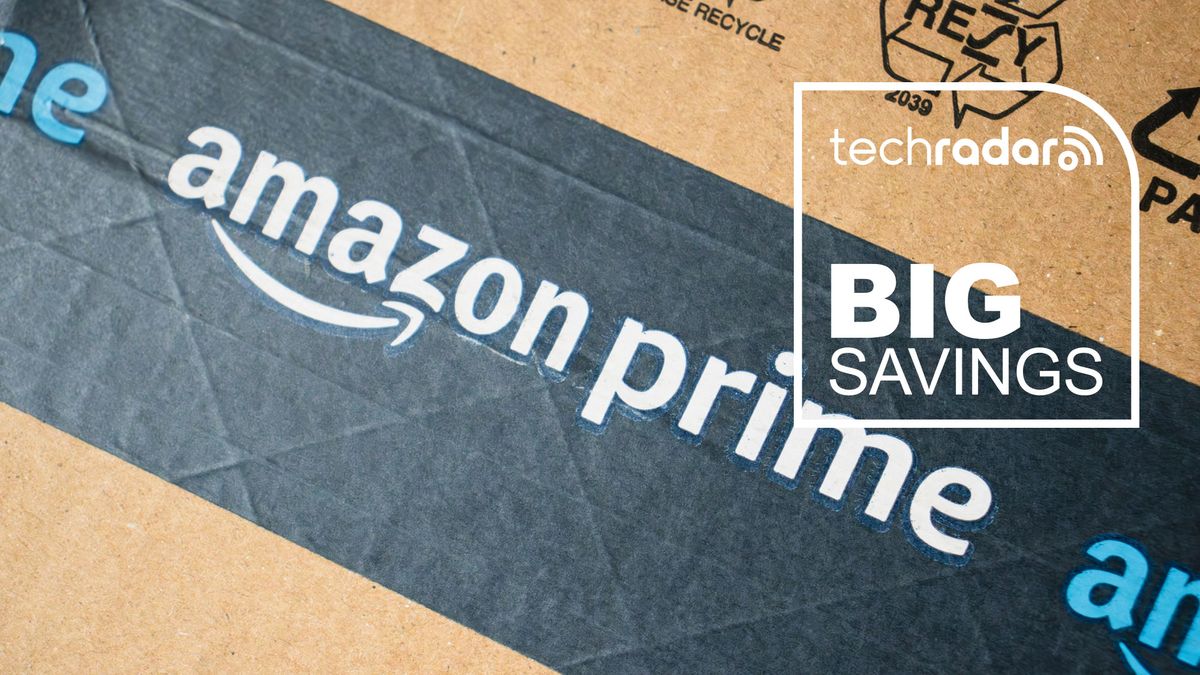










 English (US) ·
English (US) ·